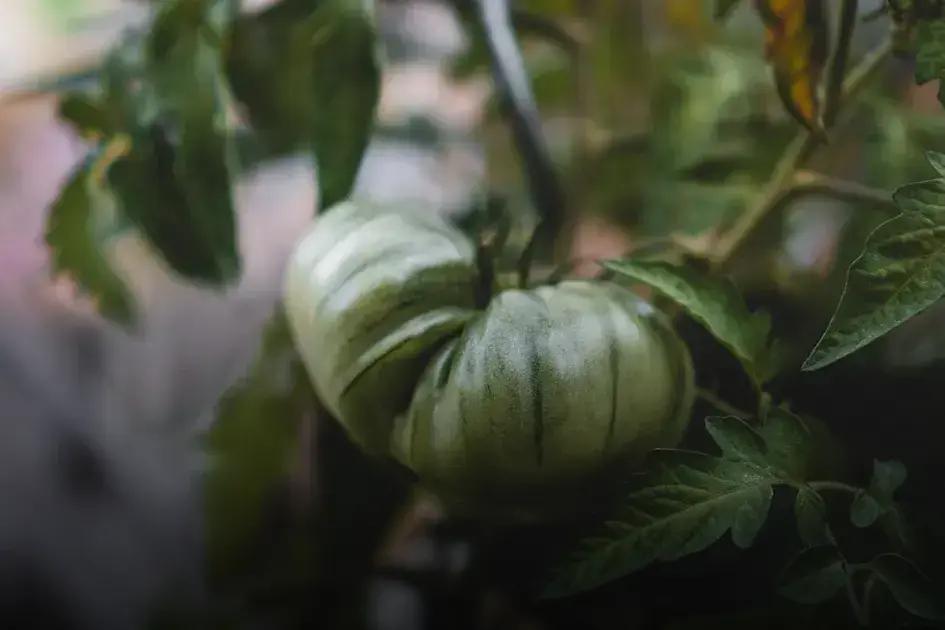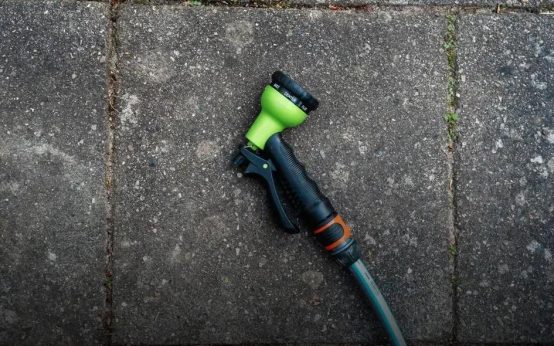Fertilizing your plants can be a true game-changer for their growth and vitality. It’s crucial to know when and how to fertilize your plants to ensure their optimal development. Using the right type of fertilizer at the right time can result in lush, healthy plants. This guide will walk you through the essentials, from understanding plant nutrient needs to applying fertilizer effectively. Let’s ensure your plants flourish by mastering the fertilization process.
Understanding Plant Nutrient Needs
Plants require specific nutrients to thrive and grow well. The key nutrients needed include nitrogen (N), phosphorus (P), and potassium (K), often referred to as N-P-K. Nitrogen is essential for leafy growth, phosphorus helps with root development and flowering, while potassium contributes to overall plant health and resilience against diseases.
Each plant species has different nutrient requirements, and factors such as soil type, climate, and growth stage also play a role. For example, vegetable plants usually need more nitrogen to support the rapid growth of leaves and stems.
Monitoring your plants’ growth can provide clues about their nutrient needs. Signs of nutrient deficiency include yellowing leaves, stunted growth, or poor flowering. Keeping an eye out for these indicators helps in adjusting the fertilization plan to meet specific needs.
Soil testing is a great way to understand what nutrients are available and what might be lacking. This insight allows you to tailor the fertilization process, ensuring your plants get exactly what they need to grow optimally.
By understanding these nutrient needs, you can make informed decisions in your fertilization efforts, boosting plant health and productivity.
Choosing the Right Fertilizer

When selecting the right fertilizer, it’s essential to focus on your plant’s unique nutrient requirements. There are three main types of fertilizers: organic, synthetic, and slow-release. Each has its benefits and is suitable for different scenarios.
Organic fertilizers often come from natural sources like manure or compost. They provide nutrients gradually, improving soil structure and health over time. This type benefits plants by boosting long-term growth without the risk of chemical buildup.
Synthetic fertilizers are typically man-made, delivering nutrients quickly to the plants. They are a good choice when you need rapid results and precise nutrient control. However, they may require careful application to prevent over-fertilization.
Slow-release fertilizers combine the best of both worlds by gradually releasing nutrients over time. This minimizes the risk of nutrient leaching and ensures consistent plant growth. They are convenient for gardeners who prefer to fertilize less frequently.
Check the N-P-K ratio on fertilizer packaging. A balanced ratio (like 10-10-10) suits general use, while specific ratios target particular plant needs. For instance, a higher nitrogen content benefits leafy plants, while phosphorus-rich fertilizers aid flowering varieties.
Timing: When to Fertilize Your Plants
Timing is everything when it comes to fertilizing your plants. Understanding the right time to provide nutrients can significantly impact plant growth and health. Fertilization schedules can vary based on the type of plant, climate, and soil conditions. As a general rule, most plants benefit from fertilizer applications during their active growing seasons, typically in spring and summer.
During early spring, plants begin to emerge from dormancy, making it an ideal time to start fertilizing. This surge in growth requires additional nutrients to support the development of new leaves and stems. Vegetables, annuals, and perennials all benefit from a nutrient boost during this period. Applying fertilizer as the growing season starts ensures that plants have the necessary resources to thrive.
In the summer months, continue to fertilize but consider the plant species and its specific needs. Some plants may require more frequent fertilization, while others might need less. Watch for signs of nutrient deficiency, such as yellowing leaves or stunted growth, which can indicate a need for additional fertilizers. Adjust your fertilization schedule if necessary to address these issues.
Avoid fertilizing in late fall and winter when most plants are dormant. During this time, the reduced growth rate means plants need fewer nutrients, and excess fertilizer can lead to nutrient runoff and potential harm to the environment. Focus on observing your plants’ growth patterns and adjusting your approach as needed to ensure optimal health and productivity.
How to Apply Fertilizer Effectively

To ensure your plants benefit the most from fertilizer, it is crucial to apply it correctly. The way you apply fertilizer can significantly impact plant health and growth. Follow these steps to apply fertilizer effectively:
Selecting the Appropriate Method
Granular fertilizer can be sprinkled directly onto the soil. Ensure an even distribution around your plants but avoid placing it directly on the plant stems to prevent burning.
Liquid fertilizer can be a more efficient option for quick nutrient absorption. Use a watering can or a garden hose attachment to apply liquid fertilizer to your plant’s base area.
Understanding Dosage
Always follow the instructions on the fertilizer package. Over-fertilizing can damage your plants and lead to poor growth. Measure out the correct amount using a scoop or a measuring cup.
For granular fertilizer, lightly mix it into the soil surface after application to help the nutrients reach the root zone faster.
Watering Wisely
After applying fertilizer, water your plants properly. Watering helps dissolve the granules or distribute the liquid fertilizer efficiently without washing it away.
If you are using a drip irrigation system, you can combine the fertilization process with watering for optimal efficiency.
Avoiding Leaf Contact
When applying fertilizer, ensure it does not come into direct contact with the leaves. Fertilizers, especially those with high concentrations, can cause leaf burn or damage. Focus on applying it to the soil near the plant base.
Common Fertilization Mistakes to Avoid
Fertilizing is crucial for plant health, but several mistakes can hinder growth. A common error is over-fertilizing. This can lead to nutrient burn, damaging plant roots and leaving them vulnerable to disease.
Another mistake is using the wrong type of fertilizer. Plants have different nutrient needs, and using a fertilizer not suited to specific plant types can result in poor growth.
Ignoring soil conditions before fertilizing is problematic too. Conduct a soil test to understand nutrient deficiencies and correct them accordingly. This prevents unnecessary nutrient addition and ensures balanced soil nutrition.
Many gardeners mishandle application methods, either placing fertilizer too close to the stem or failing to water it in properly. To avoid this, follow the recommended instructions on the fertilizer label, ensuring even distribution and proper absorption.
Fertilizing during incorrect climate conditions is often seen. Avoid fertilizing during extreme weather, such as drought or heavy rains, as these conditions can affect nutrient uptake and lead to nutrient leaching or run-off.
Consistency in timing is essential. Fertilizing too frequently can be just as detrimental as doing it too seldom. Stick to a regular schedule based on the plant’s growth stage and specific needs.


 Creating a Relaxing Garden Retreat: Tranquility Awaits
Creating a Relaxing Garden Retreat: Tranquility Awaits  Garden Design Ideas to Transform Your Backyard Today
Garden Design Ideas to Transform Your Backyard Today  Seasonal Gardening: Prepare for Winter Like a Pro!
Seasonal Gardening: Prepare for Winter Like a Pro!